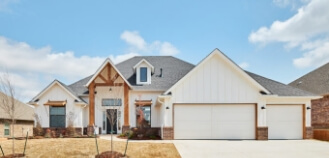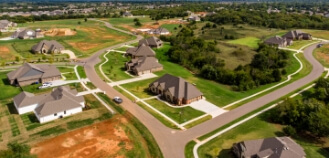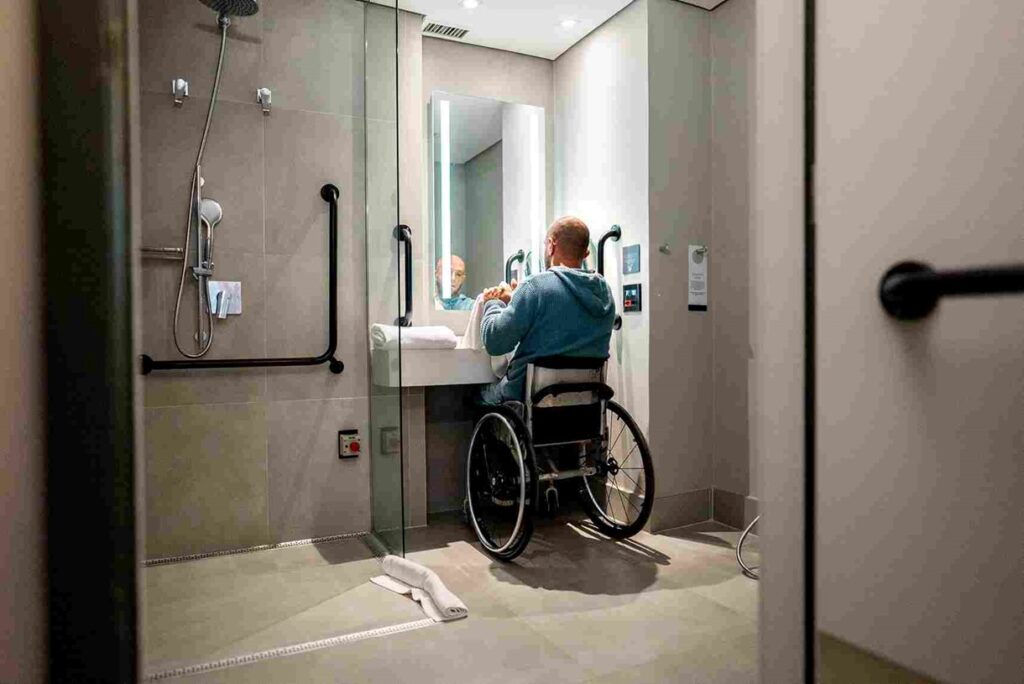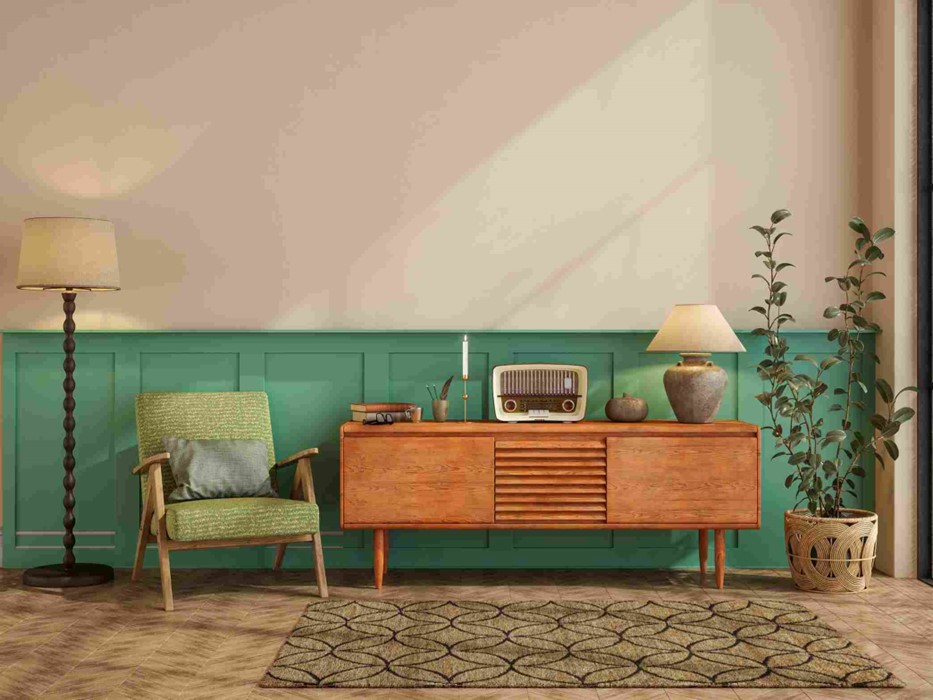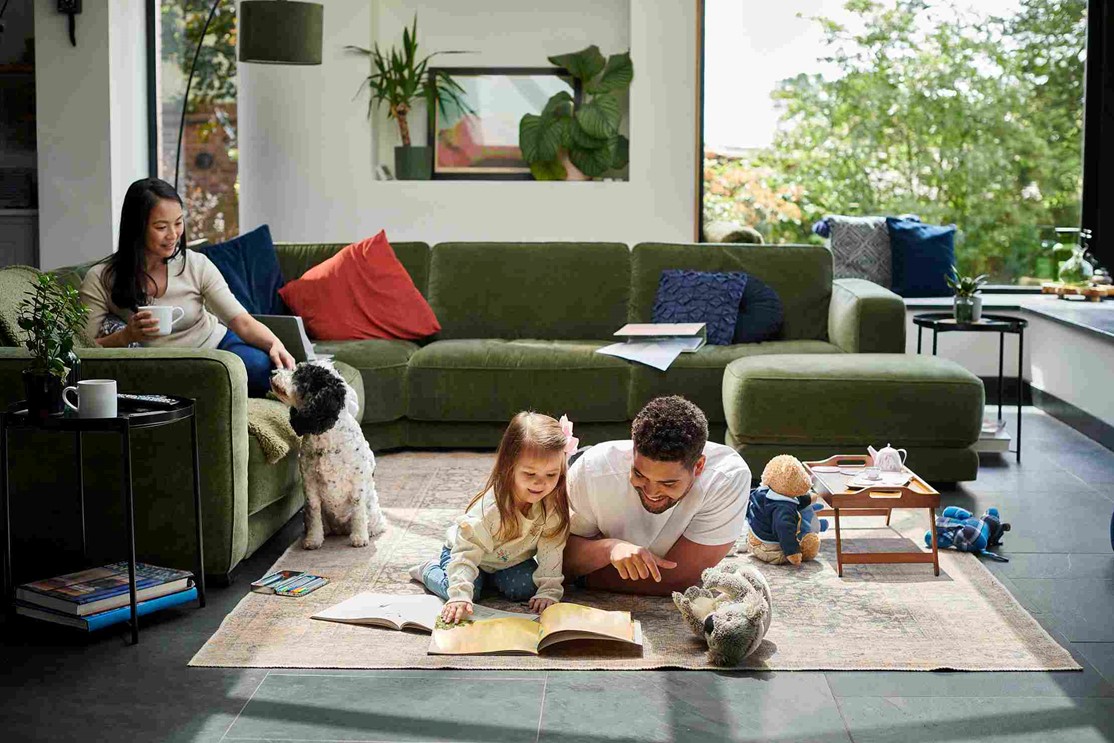Designing for Accessibility: Key Considerations
Since the implementation of the ADA, you have probably noticed more accessible features in corporate buildings. Elevator access, wheelchair ramps, and handicap restroom stalls are all examples of accessible spaces in commercial environments. But what does accessibility mean when you are designing your home? The key to designing for accessibility in a home environment is to avoid anything that feels sterile, opting instead for a design that adapts to you organically, in a way that feels natural, welcoming, and comfortable.
Considerations for Accessible Design
When planning for accessible design, consideration should be given not only to current needs, but also to future accessibility requirements. Especially for those planning to age in place, it is crucial to anticipate what will be necessary as time goes by and occupants grow older. What’s more, accessibility is not just about avoiding trip hazards or navigating space with limited mobility. Vision and hearing tend to diminish as people grow older, and an accessible home needs to provide for those needs, as well.
Building an Accessible Home
One consideration for accessible design is an open floor plan. This type of layout ticks a lot of boxes when it comes to accessibility, offering wider areas and fewer obstacles so that people with mobility issues can navigate the home safely. Open floor plans also provide clear sight lines, as well as ample light. They eliminate walls, which allows sound to travel more freely, which can be beneficial for those with hearing difficulties. It should be noted, however, that open floor plans can sometimes be cacophonous, which might be detrimental for people with certain types of hearing loss. What are some other home elements to consider?
- Doorways should be expanded. At home entry points and inside the house, door frames need to be at least 32 inches wide, preferably 36 inches. This allows people to navigate safely, even when using a wheelchair or another mobility device.
- Make doors easy to use. A no-step entry or ramp can make getting in and out of the house easier, and interior doors need low or flat thresholds as well. Rather than round doorknobs, use lever-style handles or open-shaped pulls, so that people with poor motor skills or hand strength can easily open doors.
- Lighting is crucial. Natural light from large windows is beneficial, but when designing an accessible home, make sure to include ample lighting throughout the house, as well. Lighting areas that can be hazardous is particularly important, so make sure lights are appropriately placed near staircases and in bathrooms. Be careful that the lighting you choose is properly placed to avoid glare or extra shadow. Extra lighting under cabinets and in closets is helpful, and rocker light switches or motion sensors make it easier to navigate the home.
- Lower work surfaces are helpful. Consider where eye level will be for the occupants of your home, and lower cabinets and countertops so that they can be reached easily and safely. Choose adjustable shelving and rods in your cabinets and closets, as well as drawers and roll-out shelving for large, heavy items.
- Bathroom safety is vital. This is also one of the most straightforward rooms for achieving accessibility. Grab bars in the shower and by the toilet are required, and the toilet should be chair height. Showers should be stepless, to eliminate barriers, with a seat and a hand-held shower head to facilitate independent bathing. Walk-in bathtubs are also an option, and of course all floors should be non-slip.
Let Landmark Fine Homes Help You Build Your Forever Home
When you are ready to talk to a builder about creating the perfect home to meet your needs, we are ready to help. Landmark Fine Homes has beautiful new and custom-built homes in a variety of sizes and floorplans, just waiting to become yours. Our homes are energy efficient and built with the utmost attention to detail, located in active adult communities where you’ll find plenty to do. Make your next house the home of your dreams by contacting Landmark Fine Homes today!

